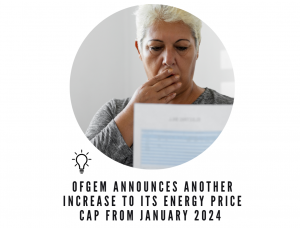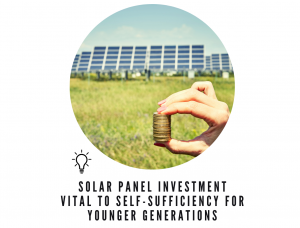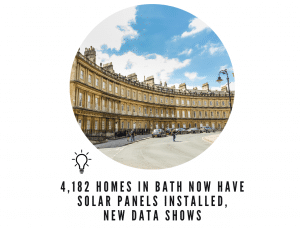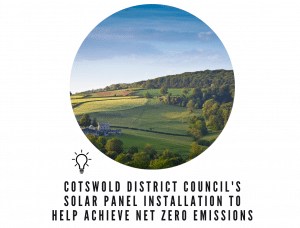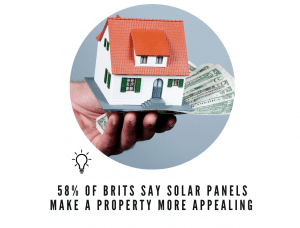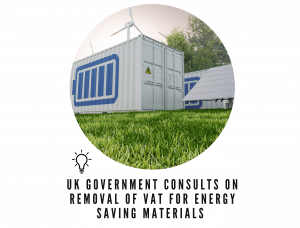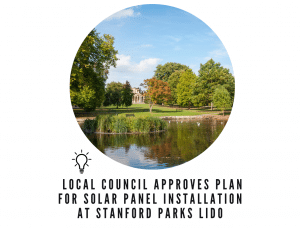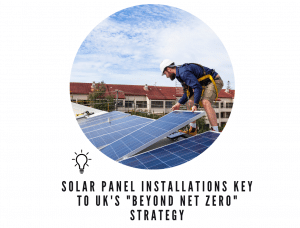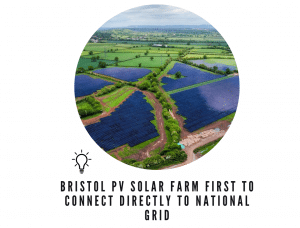
Solar SEG Scheme Confusion Costs UK Households Millions
UK households with solar panels are missing out on £367.5m by not selling surplus electricity back to the grid. New research by The Independent shows scores of homeowners with solar systems could be earning hundreds of pounds per year by selling excess energy they have generated. There are currently 1.5m homes with solar. A typical property with a 4kw system generating 3,400 kWh of electricity per year could earn around £240 annually by exporting to the grid. The exact amount depends on the Smart Export Guarantee (SEG) rate. Solar panel owners are eligible to sign up for a SEG tariff post-installation, but the process isn’t automatic. Homeowners can shop around for the best deal. As of May 2024, Octopus offers the highest rate of 27p per kWh. However, there are several factors to consider when choosing the right Smart Export Guarantee (SEG). In addition to the export rate, those eligible should look at the tariff structure, payment frequency and supplier reputation. Most major energy providers offer SEG tariffs. To qualify for the SEG scheme, solar panel owners need to have an MCS certificate for their installation and a smart meter. After signing up for a tariff, suppliers then deliver payments based on readings from the meter on a monthly or quarterly basis. Energy saving expert, Katharine Allison, says solar panel owners “may not be aware” that they can take advantage of the lucrative SEG scheme. She added: “The process for this has changed in recent years as renewable technologies have become more common, meaning that many people may not even realise they are eligible for the scheme and could be missing out on hundreds of pounds every year.”
